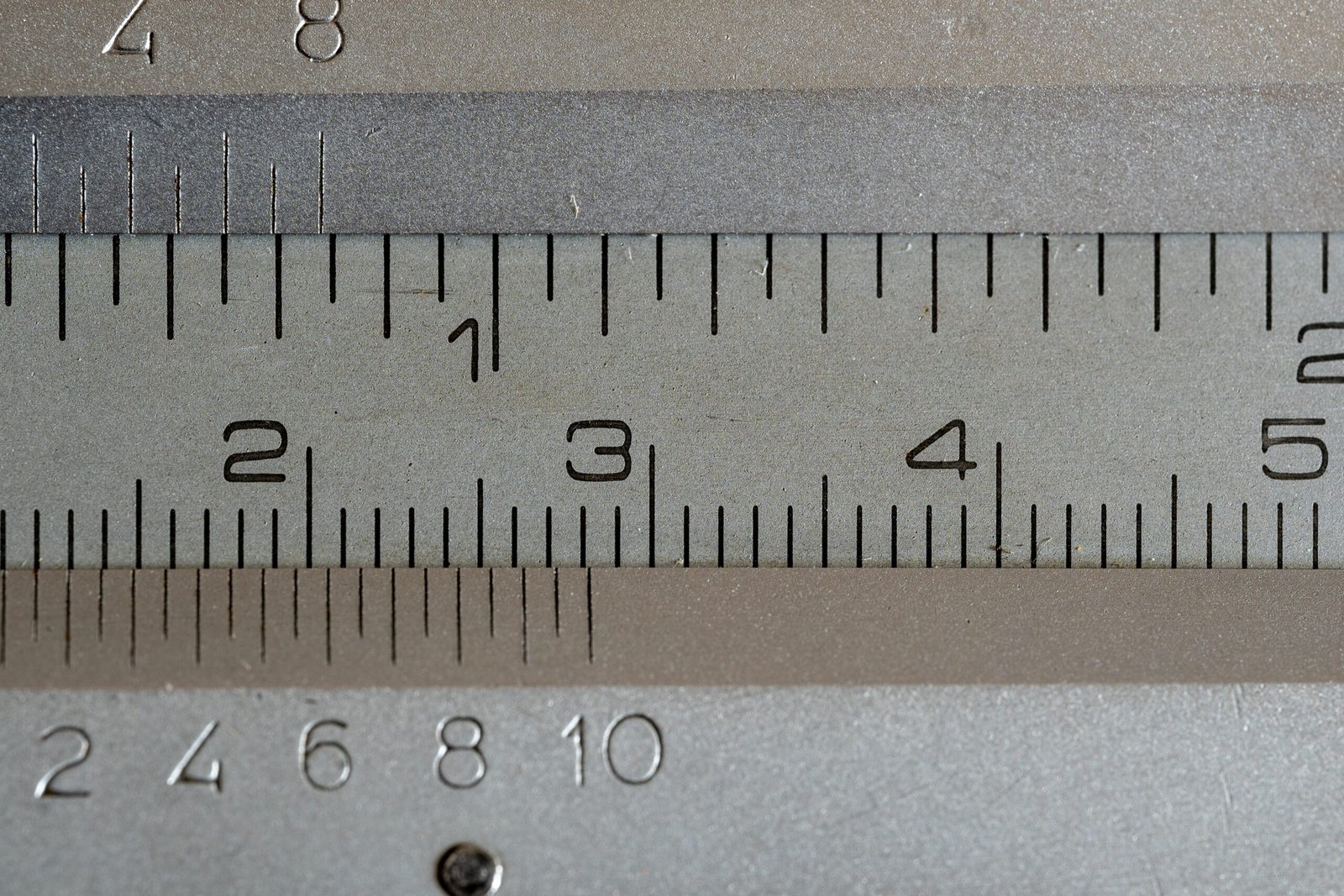
Measurement Formulas: Units and Conversions
Measurement is an essential aspect of our everyday lives. Whether it’s calculating distances, quantities, or converting between different units, having a solid understanding of measurement formulas can greatly simplify our tasks. In this article, we will delve into the calculator formula, its underlying functionality, and provide practical examples to enhance understanding.
The Calculator Formula: Understanding its Functionality
The calculator formula is a mathematical equation used to perform calculations. It is a tool that allows us to input values and obtain accurate results quickly. The calculator’s functionality is based on a set of predefined formulas that are programmed into its software.
These formulas cover a wide range of applications, including basic arithmetic operations like addition, subtraction, multiplication, and division. Additionally, more complex formulas are incorporated, such as trigonometric functions, logarithms, and statistical calculations.
Applications of the Calculator Formula
The calculator formula finds application in various fields, including science, engineering, finance, and everyday life. Let’s explore some practical examples to understand its versatility:
1. Distance and Speed Calculations
One common application of the calculator formula is in calculating distance and speed. For instance, the formula Distance = Speed × Time allows us to determine the distance covered when we know the speed and time taken. Similarly, we can rearrange the formula to find the speed or time when the other two variables are known.
Let’s consider an example: If a car travels at a speed of 60 miles per hour for 2.5 hours, we can use the formula to calculate the distance covered: Distance = 60 mph × 2.5 hours = 150 miles.
2. Temperature Conversions
Temperature conversions are another practical application of the calculator formula. To convert between Fahrenheit (°F) and Celsius (°C), we can use the formulas: °C = (°F – 32) × 5/9 and °F = (°C × 9/5) + 32.
For example, if we have a temperature of 68°F and want to convert it to Celsius, we can use the formula: °C = (68 – 32) × 5/9 = 20°C.
Step-by-Step Explanations and Sample Calculations
Now, let’s dive into step-by-step explanations of a few measurement formulas and provide sample calculations to illustrate their practical use:
1. Area of a Rectangle
The formula to calculate the area of a rectangle is: Area = Length × Width.
For example, if we have a rectangle with a length of 5 meters and a width of 3 meters, we can calculate its area using the formula: Area = 5 meters × 3 meters = 15 square meters.
2. Volume of a Cylinder
The formula to calculate the volume of a cylinder is: Volume = π × (Radius)^2 × Height.
Let’s say we have a cylinder with a radius of 2 meters and a height of 6 meters. Using the formula, we can calculate its volume: Volume = 3.14 × (2 meters)^2 × 6 meters = 75.36 cubic meters.
3. Body Mass Index (BMI)
The formula to calculate BMI is: BMI = (Weight in kilograms) / (Height in meters)^2.
Suppose a person weighs 70 kilograms and has a height of 1.75 meters. Using the formula, we can calculate their BMI: BMI = 70 kilograms / (1.75 meters)^2 = 22.86.
Conclusion
Measurement formulas are powerful tools that allow us to perform calculations and conversions accurately. Understanding the underlying functionality of the calculator formula and its applications can greatly enhance our ability to solve various problems in different fields. By following the step-by-step explanations and practicing with sample calculations, we can become proficient in utilizing these formulas effectively. So, whether you’re a beginner or seeking a deeper insight into measurement formulas, this guide serves as a valuable resource for understanding units and conversions.
Remember, measurement is the language of the physical world, and having a firm grasp of measurement formulas empowers us to navigate it with confidence.
